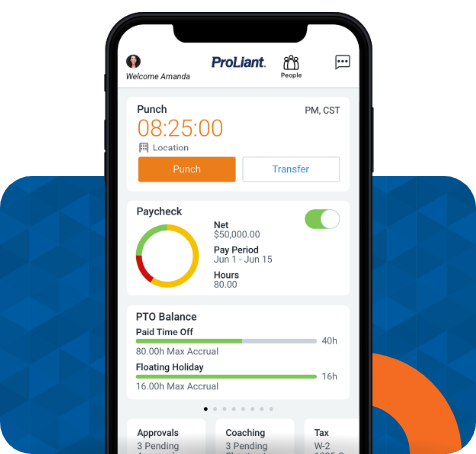Fundamentally, a business is made up of people. Without people to work the kitchen, operate machinery, analyze data, strategize and ideate, no work can be done and business will grind to a halt.
During times of crisis, employers who truly understand that their success depends on their employees will strive to ensure that those people are safe, secure and healthy. Unfortunately, there isn’t an easy way to do this most of the time. Section 102 of the U.S. tax code forbids employers from making cash “gifts” to their employees without invoking an undue tax burden on the gift. Thus, the ways in which employers can help their employees through difficult times is limited.
But when a large-scale emergency occurs, employers gain access to a new avenue to support their employees: Section 139 of the IRS Tax Code.
Section 139
Established after the 9/11 attacks, Section 139 was intended to enable employers to assist employees by making tax-free payments to their employees, avoiding the income tax triggered by Section 102.
Once the federal government declares that a qualified disaster has occurred, Section 139 comes into effect. Under a qualified disaster, employers are free to make contributions to their employees to ensure that they can access the resources they need to make it through the disaster. In addition supporting their employees, Section 139 payments have the added benefit of being tax-deductible for employers.
Reasonable and necessary
Crucially, however, Section 139 only applies to qualified disaster relief payments that are deemed “reasonable and necessary.” The definition of qualified disaster relief payments as laid out in Section 139 explicitly excludes payments for employee wages, as well as any costs covered by insurance or other reimbursements.
Beyond that, Section 139 is worded very broadly. Among other, more specific permissions, Section 139 permits employers “to reimburse or pay reasonable and necessary personal, family, living, or funeral expenses as incurred as a result of a qualified disaster.” The key terms here being, again, reasonable and necessary. But what do these terms signify?
As you might imagine, the definition of a reasonable and necessary qualified disaster relief payment conceivably covers a wide range of costs, including:
- Medical expenses not covered by insurance
- Public transportation costs
- Costs associated with basic needs, like food and shelter
- Utilities, which might include internet costs associated with telecommuting needs
- Personal protective equipment
Since no two disasters are alike, the nature of what constitutes a reasonable and necessary qualified disaster relief payment was intended to be up for interpretation.
The trouble with timing
While Section 139 is broad in its definition of a qualified disaster relief payment, it can be frustratingly vague in other respects.
Notably, it’s not entirely clear what happens once an emergency declaration is lifted and Section 139 no longer applies. What happens to funds that have already been disbursed?
For example, employers may have set up a bank account with Section 139 funds for their employees to draw from as needed. Once the emergency declaration is lifted, are those funds still tax-free and tax-deductible? Or, are there now considered taxable gifts?
When in doubt, document
Employers may have this and other questions when it comes to Section 139, but the best method of mitigating these concerns is almost always the same: lean towards over documentation.
Section 139 requires very little, specific documentation — payments don’t need to be reported on Form W-2 or 1099, and the details of your specific qualified disaster relief program don’t need to be written down.
When Section 139 was passed into law, the Joint Committee on Taxation clarified that:
In addition, in light of the extraordinary circumstances surrounding a qualified disaster, it is anticipated that individuals will not be required to account for actual expenses in order to qualify for the exclusion, provided that the amount of the payments can be reasonably expected to be commensurate with the expenses incurred.
Again, there is no explicit requirement that employers document their activities in relation to Section 139 payments. Despite this, the caveat that payments should be “reasonably expected to be commensurate with the expenses incurred” suggests that employers should document how they’ve reached their reasonable expectations.
If there were an explicit list of what employers should document, then they could restrict their documentation efforts to just those items. In the absence of such guidance, however, the smart move is to document more than you think you should — not less.
As is always the case when navigating the uncertain waters of payroll, it’s best to talk to your CPA and/or lawyer to get the clearest insight possible. If you don’t already have a CPA or lawyer readily available, talk to one of our experts — we work with numerous financial and legal experts and would be happy to recommend their services.
Interested in learning more about the impact COVID-19 has made on HR? Check out our webinar about the payroll implications of the pandemic.





No Comments Yet
Let us know what you think